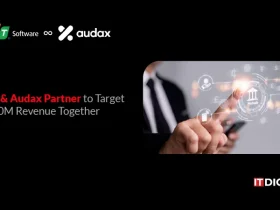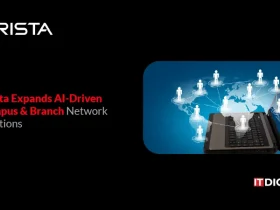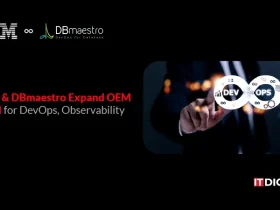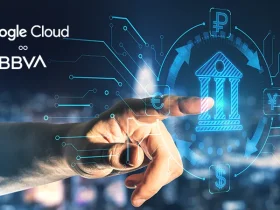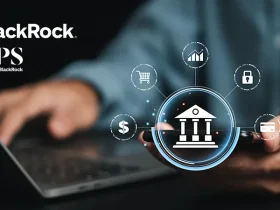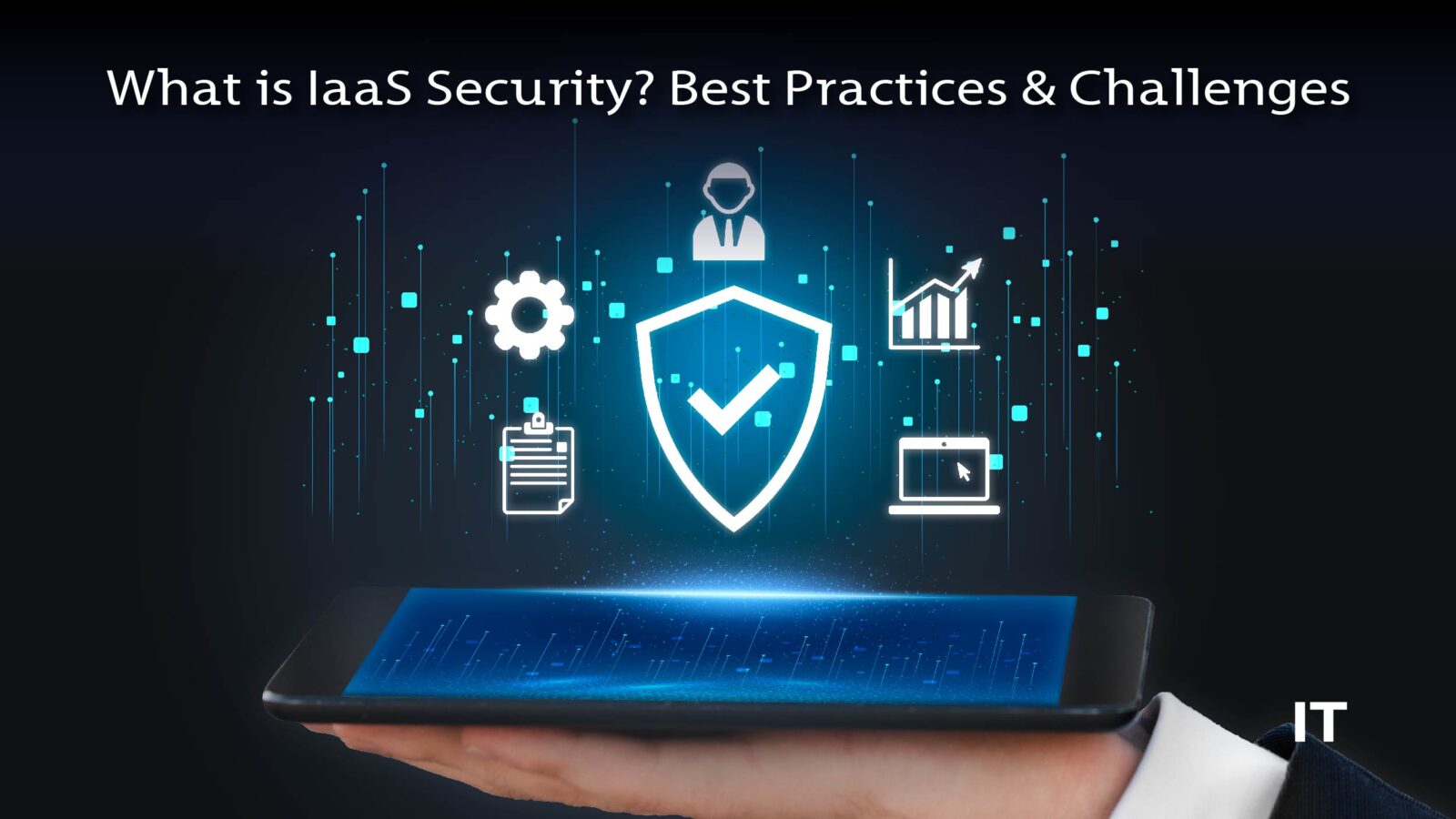The growing use of Infrastructure as a Service (IaaS) in cloud computing presents serious security concerns for enterprises trying to protect their vital data and infrastructure. The growth rate of Infrastructure as a service (IaaS) reached a mark of 327% in 2023.
The necessity for strong security measures increases as businesses move their infrastructure to the cloud. The answer to this problem is IaaS security, which provides a thorough defense for the data stored in cloud environments as well as the underlying infrastructure. Let’s understand everything about this.
What is IaaS Security?
Infrastructure as a Service (IaaS) security is the term used to describe the controls and precautions implemented to secure the data and infrastructure in IaaS cloud environments. Infrastructure security becomes critical as a growing number of enterprises use IaaS for their computing requirements. Cloud security posture management, virtual network security platforms, physical access rights, and other factors are all part of IaaS security.
It is crucial to remember that although IaaS providers are in charge of safeguarding the underlying infrastructure, clients are still in charge of protecting their own workloads, data protection, and applications.
Organizations may effectively secure their IaaS environments and prevent potential risks by comprehending the security problems and adopting best practices. Additionally, eco-friendly firms can cut their energy consumption by up to 64% and their carbon emissions by up to 84% by switching to Infrastructure-as-a-Service (IaaS).
Also Read: SaaS Metrics: A Beginner’s Guide for 2024
Security Risks and Issues with IaaS
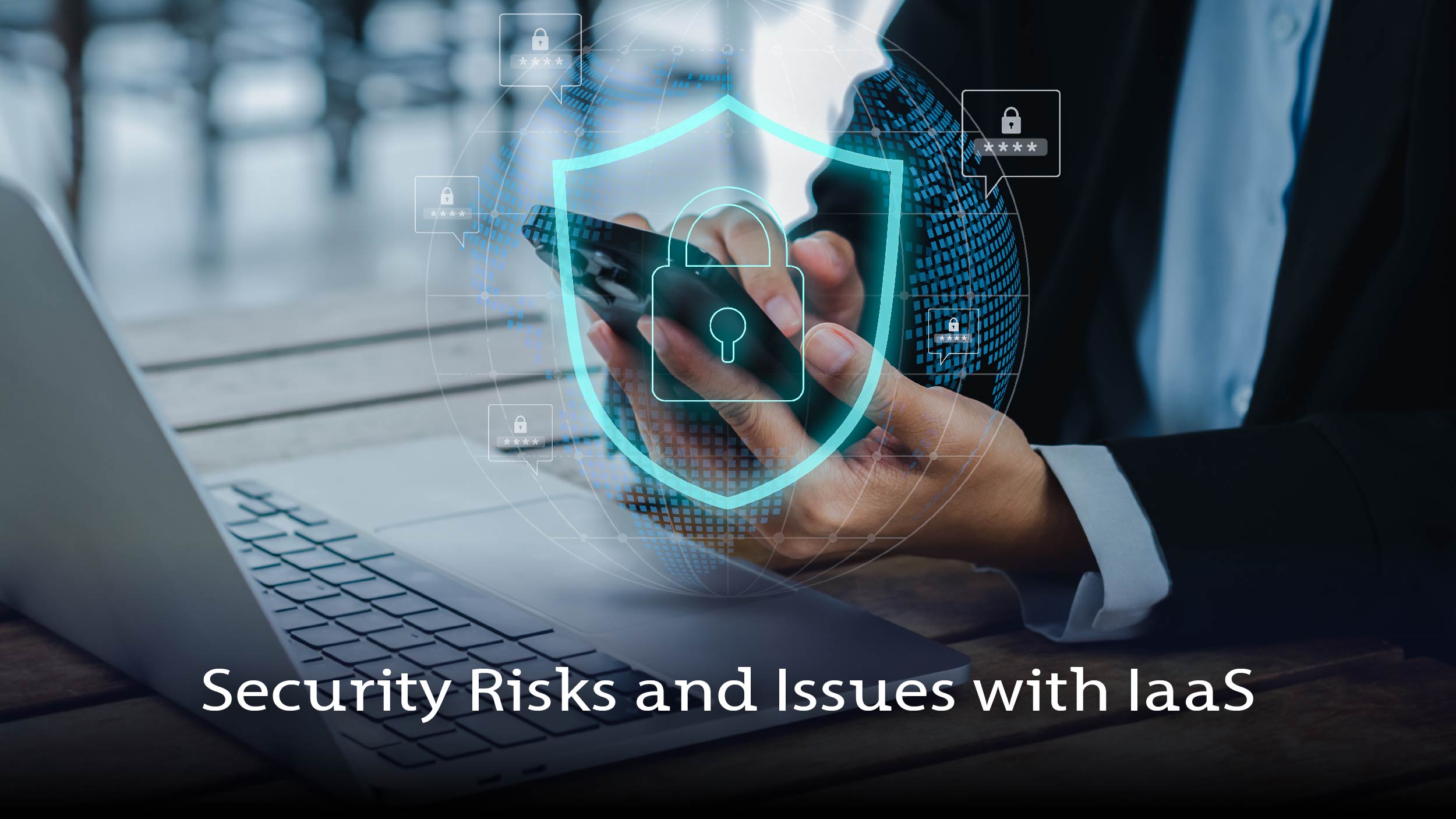 The following security concerns and issues should be taken into account both before and after deploying IaaS:
The following security concerns and issues should be taken into account both before and after deploying IaaS:
- Restricted Authority: Scalable, on-demand infrastructure services are provided by IaaS providers. It offers flexibility and does away with the expenses and upkeep of establishing infrastructure on-site. The disadvantage of this is that you have to give up control over the infrastructure. This means that if there is a security breach affecting the vendor, you will also be impacted.
- Misconfigured security: To manage assets developed inside the cloud environment, IaaS providers offer a cloud control plan. The challenge of correctly configuring everything increases with the number of services, environments, assets, and interfaces you utilize. On the other hand, as soon as a misconfiguration gets incorporated into the infrastructure, hostile actors can exploit it.
- Virtual Machines (VMs)or Sandboxes: A cloud user can obtain illegal access to the hypervisor or operating system that hosts the workloads of other users in the cloud by successfully breaking out of a virtual machine (VM), serverless sandbox, or container. Threat actors have access to the hypervisor and can use it to carry out a variety of nefarious tasks, including infecting instances with malware, stealing confidential information, and changing code.
- Compromised Identities: Threat actors can use a keylogger installed on an administrator’s computer to access accounts that have the authority to create and delete virtual machines and other cloud resources. They can break out services and give access by taking advantage of the cloud’s UI or API. Identity and access management are therefore essential to the security of IaaS.
- Requirements for Compliance and Regulation: Depending on the industry and the area, every business has different needs for compliance with regulations. A cloud provider may not be able to comply with all regulations; thus, compliance becomes especially complicated for companies that operate globally or with governments around the globe.
IaaS Security Best Practices
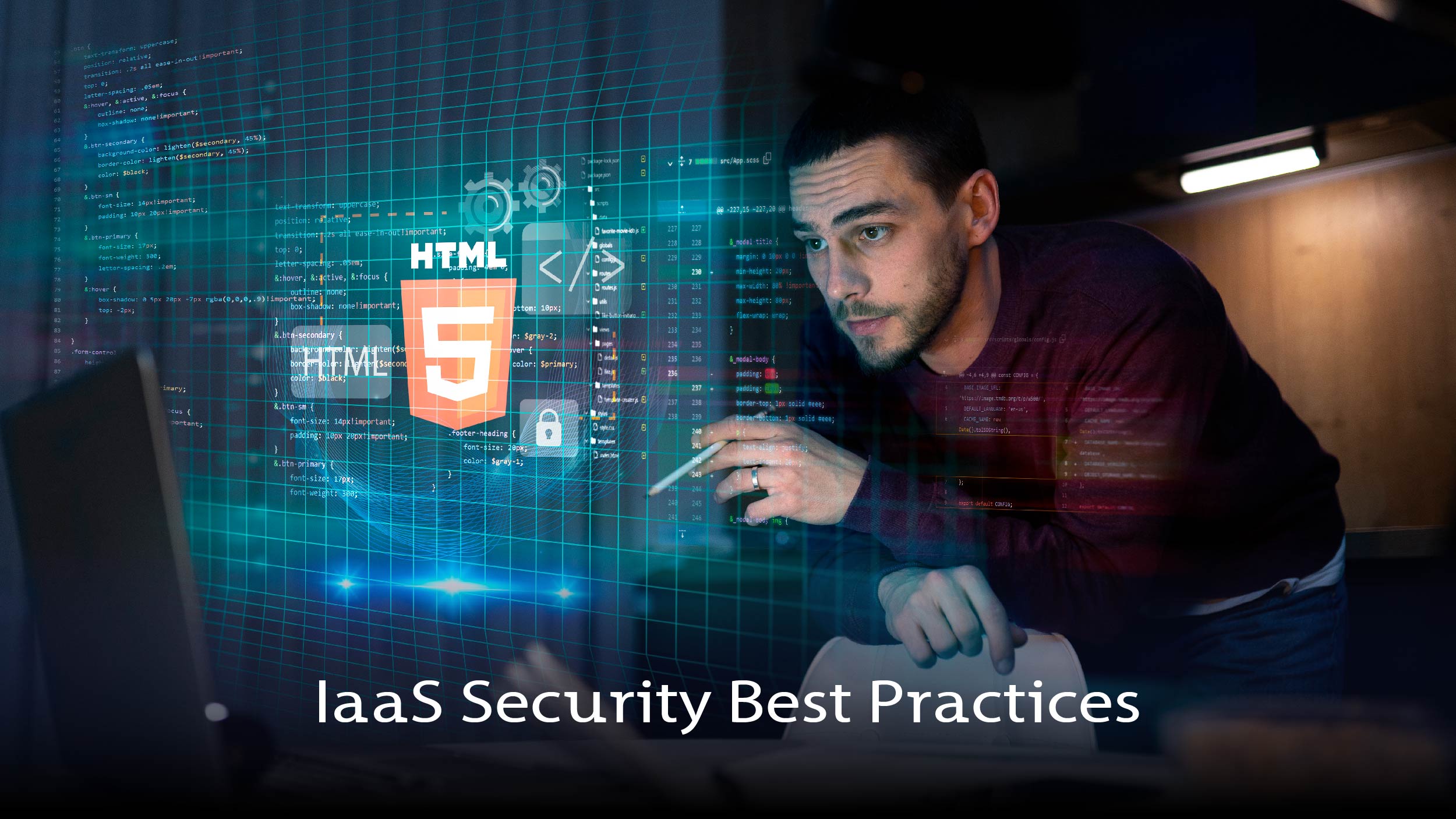 Before adopting an IaaS security service, IT and security teams should thoroughly grasp the security model of the product provider. It’s crucial to note that:
Before adopting an IaaS security service, IT and security teams should thoroughly grasp the security model of the product provider. It’s crucial to note that:
- Different vendors use varying terms for similar concepts. For instance, AWS refers to “tags” to organize assets, whereas GCP uses “projects”. This discrepancy impacts how changes in cloud security policies are implemented, thus requiring careful attention when setting up security measures.
- Each cloud environment offers different security features. It’s essential to comprehend what the cloud provider offers, any operational changes needed for effective usage, and any security gaps that might need third-party tools to address.
Creating control charts to compare access controls and security features between providers is advisable. This is particularly significant in a multi-cloud environment, as it helps security teams consistently enforce policies across all environments.
Data Encryption
Virtual machines (VMs) generated on IaaS platforms can be encrypted, according to all major cloud providers. Usually, this encryption option is offered for free or at a minimal cost. Customers have the choice of managing their keys themselves or leaving it to the cloud provider. IaaS cloud security minimizes possible risks and vulnerabilities while guaranteeing the safety of data and infrastructure in cloud environments.
Leveraging this encryption feature is prudent due to its minimal economic and operational impact. However, before enabling encryption, it’s essential to assess its implications on other services provided by the provider, such as backup and recovery.
Upgrade and Patch Your Systems
Customers using public clouds are responsible for maintaining their workloads, including software and operating systems, up to date. Patching and maintenance for cloud workloads must be done at the same frequency as for on-premises systems. By reducing the attack surface and addressing known vulnerabilities, regular patching is essential for preserving IaaS security. In order to preserve the integrity and confidentiality of IaaS resources, secure cloud hosting offers a reliable and secure environment for hosting applications and data.
Monitor and Inventory
It is essential to monitor all cloud assets. You may have your own external monitoring infrastructure in addition to the many monitoring mechanisms that cloud providers offer via different interfaces. Additionally, it might be necessary to invest in cloud-specific monitoring systems.
Maintaining an inventory of compute instance images is also essential. While the IaaS console lists available resources, it may lack details about who is using the VMs and for what purpose. Keeping an inventory through relevant notes or tags in the inventory system and IaaS security console enables security teams to easily identify workloads and track them across cloud providers.
How to Secure IaaS Security?
In Infrastructure as a Service (IaaS), customers bear the responsibility for safeguarding various aspects such as their data, user access, applications, operating systems, and virtual network traffic. However, organizations often stumble upon several pitfalls when utilizing IaaS:
Unencrypted Data: In hybrid and multi-cloud environments, in particular, data often transfers between on-premises and cloud resources, as well as between cloud apps. This data must be protected from theft and illegal access through encryption. Data can be encrypted by organizations both inside the cloud environment and before it is migrated to the cloud. They can choose to depend on the encryption offered by the IaaS security provider or use their own encryption keys. Given that many business and governmental standards demand the encryption of sensitive data both in transit and at rest, it is also necessary to take regulatory requirements into account while encrypting data during transit.
Configuration Mistakes: Misconfiguration of cloud resources ranks among the primary causes of cloud security incidents. While cloud providers furnish tools for securing their resources, it ultimately falls upon IT professionals to wield these tools correctly. Common errors include improperly configured inbound or outbound ports, failure to activate multi-factor authentication, disabling data encryption, and leaving storage access exposed to the internet.
Shadow Services: Shadow or rogue cloud accounts are prevalent, particularly in Software as a Service (SaaS) solutions but also observable in IaaS environments. When employees necessitate provisioning an application or resource, they may resort to a cloud provider without notifying their IT department. To safeguard the data within these services, IT must first identify such services and users through an audit. Employing a cloud access security broker (CASB) can aid in this process.
Final Thoughts
IaaS security is essential for safeguarding cloud environments’ data and infrastructure. In order to reduce risks and vulnerabilities, businesses need to give priority to security measures as the use of Infrastructure as a Service grows. Through the implementation of strong security protocols, such as cloud security management, access controls, and virtual network security, enterprises may guarantee the confidentiality, integrity, and availability of their infrastructure.







